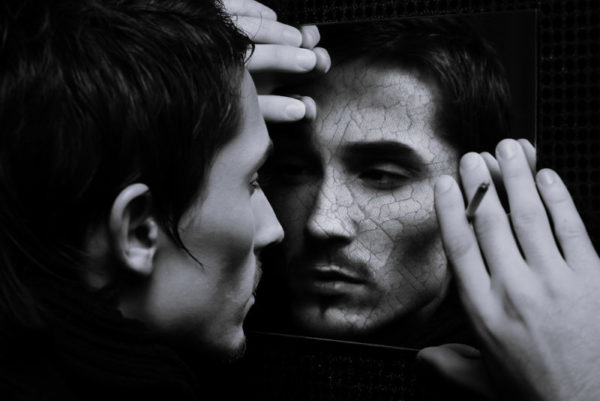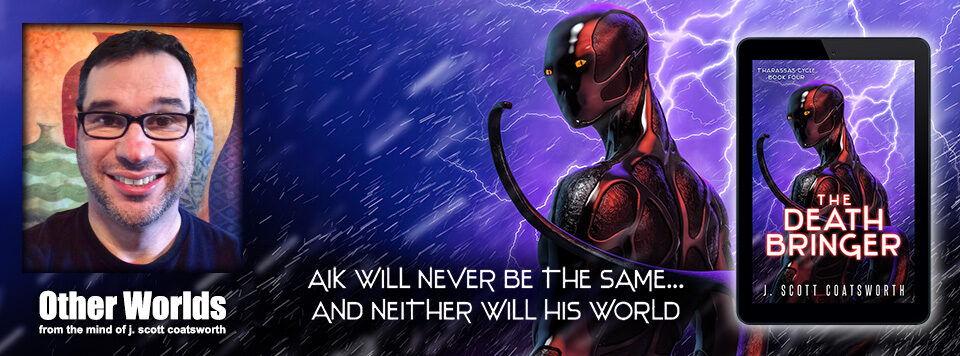
Constantin Stanislavski came uo with a theory of acting that I’m loosely going to describe as “become the character” – a method of connecting with the personality of the person you’re playing, and learning how to think and feel like they did. It’s also known as Method Acting, and taken to its extreme, it can mean basically living as the person you are portraying.
As folks who regularly read this column know (thanks to both of you!), I’m working on going deep with my characterization. Lately, I’ve found myself thinking about method actors and how they get into the heads of the characters they portray.
Unlike actors, we writers are by nature a layer removed from our characters. Like them, we try to figure out what they should feel and why they should feel it. But then we face the challenge of exporting that information from our heads to the written word.
Where an actor can use their own body to portray an emotion, we writers have to embrace it, think about how it would look from the outside and feel from the inside, and then search for words that can adequately (and poetically) express it to our readers.
We also don’t have an outside director to coach us through the process, to trace the emotional arc of the story in real time as it unfolds. There’s no one telling us to raise our voice a bit here, to look down there, or to let a single tear slip down our cheeks at the end of the chapter.
Instead, we have editors – wondrous creatures who can tell us where we got it wrong – after the fact. But during the writing process itself, we’re down in the trenches on our own.
A few weeks ago, I started by working through a bunch of exercises from a great book – Write Characters Your Readers Won’t Forget, by Stant Litore. I used these to add depth to my main characters, figuring out more about their pasts, their personalities, and their motivations, as well as how they would interact with one another.
Now, each morning when I sit down to write, I review my character notes, and think of what they are feeling and trying to gain in the scene(s) I am working on. I’m currently working with a finished book, so I go through each chapter once, slowly, adding more character reactions and emotions. I also try to make sure that my characters have agency – that they aren’t just pulled along by outside events.
Then I run through the chapter again, working to smooth out the rough edges.
I’m catching things I didn’t see before, like a snarky snippet from Aik – a guardsman who should be much more earnest. That reaction was much more in character for Raven, my rogue thief.
My editor would be proud.
Is it working?
I think so. Feedback from my beta readers on the first chapter was very positive. People seem to be getting a good sense of who the characters are and more importantly, they are rooting for them.
To be clear, I’m not going full method here. I still let Mark call me Scott, and I don’t insist on calling everyone around me by shortened, apostrophized names, or in calling blueberries hencha berries. At least, not usually.
But the method is giving me a much clearer window into who my characters are, and why they do what they do.
And that’s a good thing. 🙂
To my writer friends – how method are you with your characters? And how do you manage all the information you have about them?
